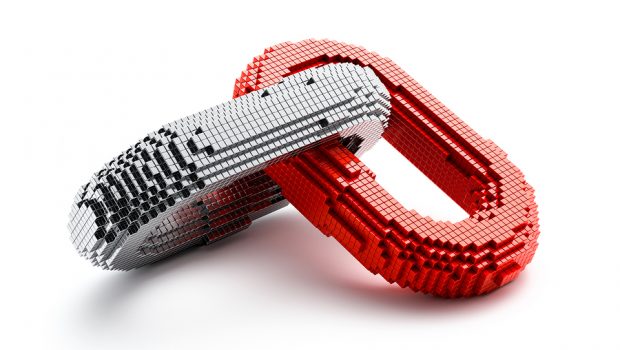Making Blockchain Damn Simple!
What is Blockchain?
In 2008, Satoshi Nakamoto (pseudonym for one person or maybe a group of people) conceptualised the distributed blockchain. It would contain a secure history of data exchanges, utilise a peer-to-peer network to time stamp and verify each exchange, and could be managed autonomously without a central authority.
Let’s make it simple:
Have you ever used Google Docs? If yes then Blockchain can be, in a layman’s term, be construed as being very similar to Google Docs.
Let me explain how. When you create a Google doc and want to send to a group of people, you just share the doc with everyone. Everyone can have access to that specific doc and can edit simultaneously. Everyone can see who edited and what was edited.
It’s like a shared ledger (or doc) and all parties can see the latest edits and who did the edits
To further understand, take the example of Wikipedia, no one single entity controls the information contained there, yet all of us have access to and can edit the information. If false information is recorded, the community of users can interfere can correct the information.
So at any given point in time, all of us have access to synced and distributed information and it is impossible for one or a few people to take control and put incorrect information
So, does it imply that Blockchain and Wikipedia are technically the same?
No.
Wikipedia has a master copy or a master file which is stored on a central server. Every amendment is actually made on this server. So, if 1 million people edit or create information on Wikipedia, then all this is done on a central server, on one master file, and all users see this final file.

But in case of Blockchain, every client/user will have an independent copy of that file, each updating the record independently, with the most popular record becoming the de-facto official record in lieu of there being a master copy.

Let’s relook at the key concepts:
- Blockchain keeps a record of all data exchanges — this record is referred to as a “ledger” and each data exchange is a “transaction“. Every verified transaction is added to the ledger as a “block”
- It utilizes a distributed system to verify each transaction — a peer-to-peer network of nodes
- Once signed and verified, the new transaction is added to the blockchain and cannot be altered
Cryptocurrencies are just one application that uses blockchain technologies. In our next blog, we will take a look at other applications and specifically how blockchain can be used in marketing.
Here’s a video that you may want to watch:
As a parting note, here’s some food for thought- if 51% of a peer-to-peer network validates an otherwise invalid transaction, it will still get approved and get added to the ledger by nature of how the validation process works. It may be unlikely, but is indeed one of the major security flaw that might have a potential for exploitation in the future.



